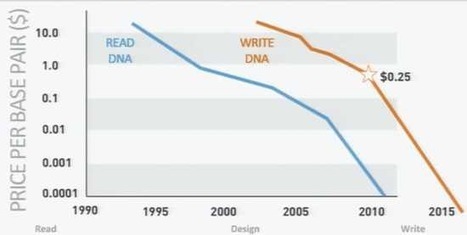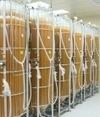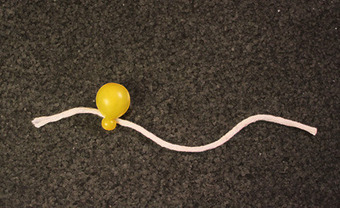Scientists have long thought that part of our genetic code was redundant. Further, they thought that the redundant code contained only duplicate information. A new discovery indicates that the redundant bits contain unique and speed-related instructions for protein formation.
“By measuring the rate of protein production in bacteria, the team discovered that slight genetic alterations could have a dramatic effect. This was true even for seemingly insignificant genetic changes known as “silent mutations,” which swap out a single DNA letter without changing the ultimate gene product. To their surprise, the scientists found these changes can slow the protein production process to one-tenth of its normal speed or less.”
“This new discovery challenges half a century of fundamental assumptions in biology. It may also help speed up the industrial production of proteins, which is crucial for making biofuels and biological drugs used to treat many common diseases, ranging from diabetes to cancer.”



 Your new post is loading...
Your new post is loading...















